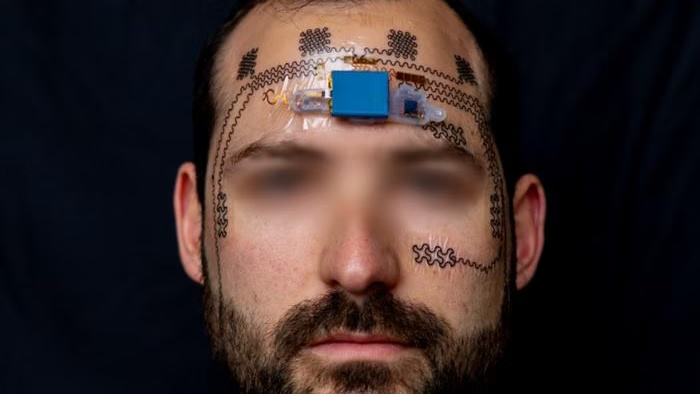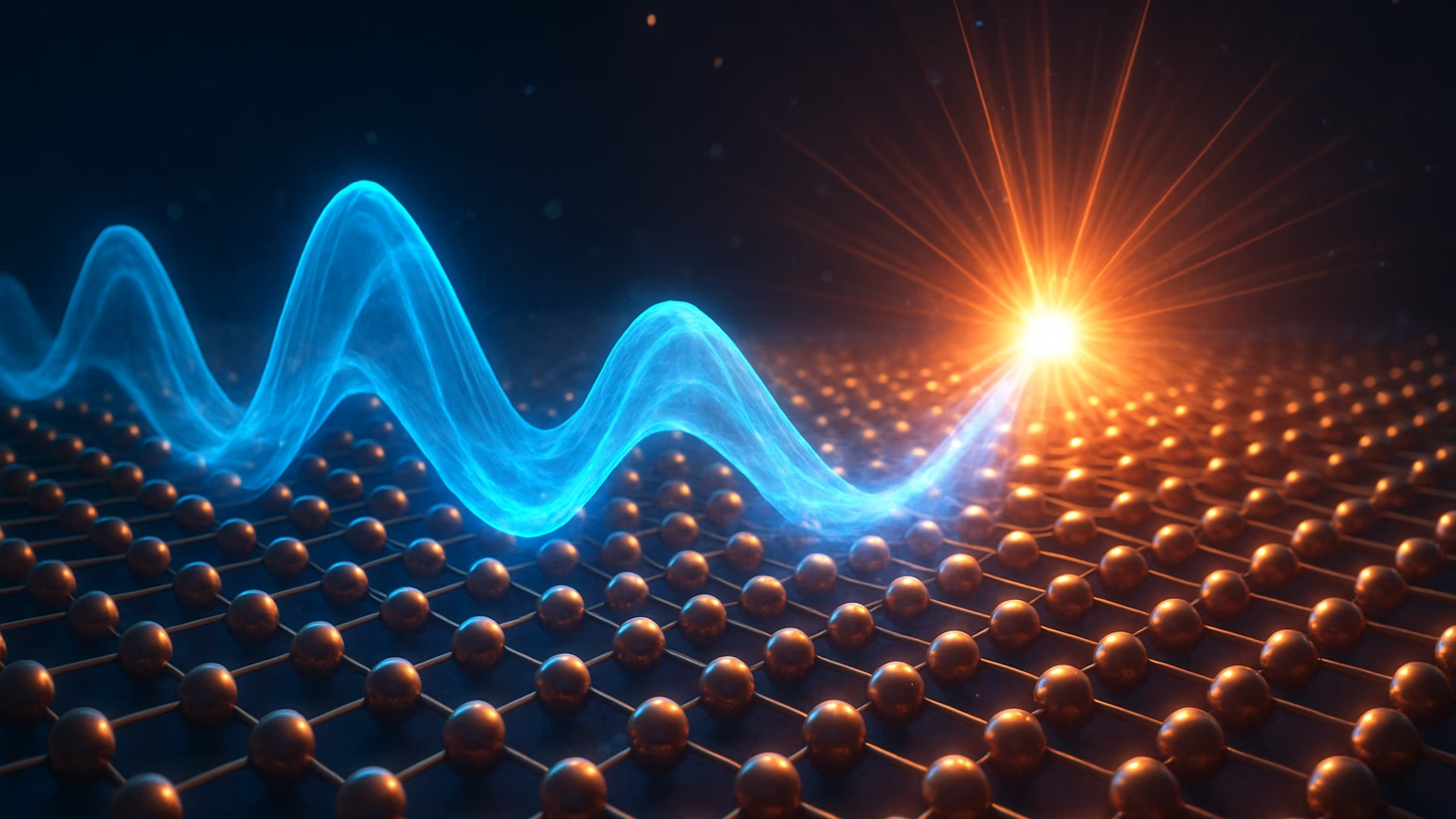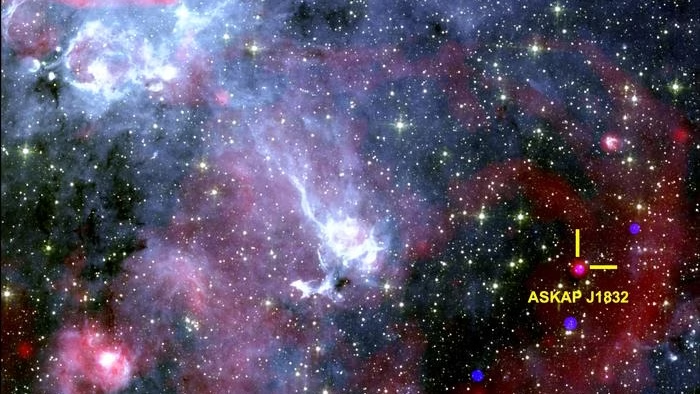From University of Chicago 22/01/24
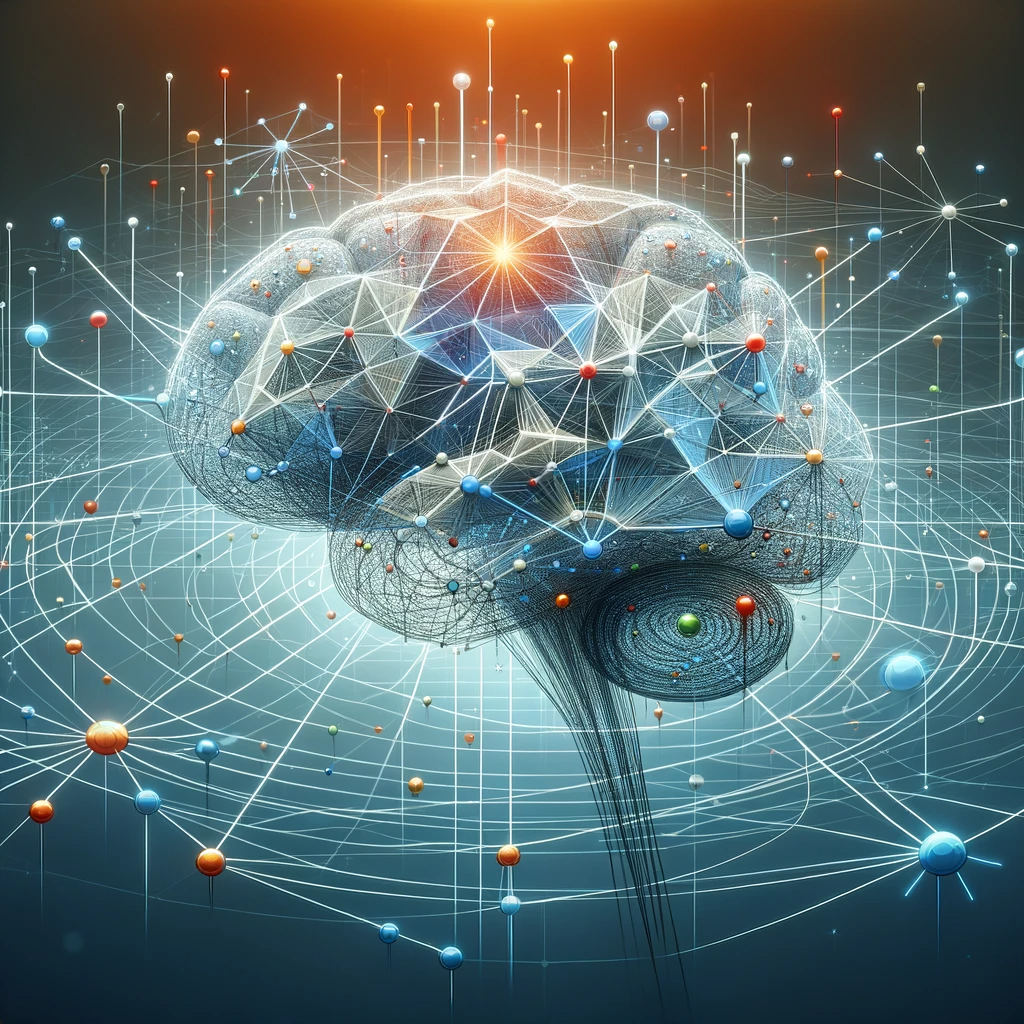
Neurons form an intricate web of connections between synapses to communicate and interact with each other.
While the vast number of connections may seem random, networks of brain cells tend to be dominated by a small number of connections that are much stronger than most.
This “heavy-tailed” distribution of connections (so-called because of the way it looks when plotted on a graph) forms the backbone of circuitry that allows organisms to think, learn, communicate and move.
Despite the importance of these strong connections, scientists were unsure if this heavy-tailed pattern arises because of biological processes specific to different organisms, or due to basic principles of network organization.
To answer these questions, Palmer and Christopher Lynn, PhD, Assistant Professor of Physics at Yale University, and Caroline Holmes, PhD, a postdoctoral researcher at Harvard University, analyzed connectomes, or maps of brain cell connections.
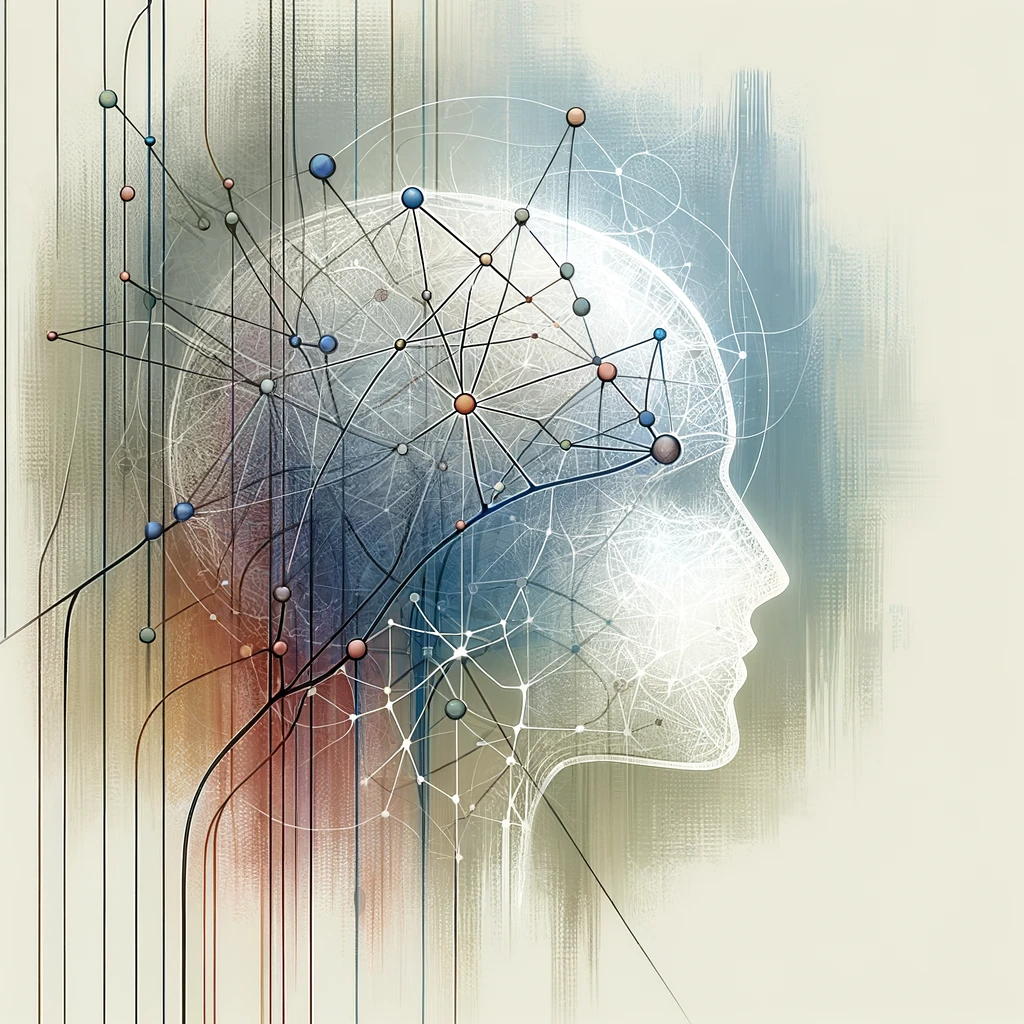
The connectome data came from several different classic lab animals, including fruit flies, roundworms, marine worms and the mouse retina.
To understand how neurons form connections to one another, they developed a model based on Hebbian dynamics, a term coined by Canadian psychologist Donald Hebb in 1949 that essentially says, “neurons that fire together, wire together.”
This means the more two neurons activate together, the stronger their connection becomes.
Across the board, the researchers found these Hebbian dynamics produce “heavy-tailed” connection strengths just like they saw in the different organisms.
The results indicate that this kind of organization arises from general principles of networking, rather than something specific to the biology of fruit flies, mice, or worms.
The model also provided an unexpected explanation for another networking phenomenon called clustering, which describes the tendency of cells to link with other cells via connections they share.
A good example of clustering occurs in social situations.
If one person introduces a friend to a third person, those two people are more likely to become friends with them than if they met separately.
“These are mechanisms that everybody agrees are fundamentally going to happen in neuroscience,” Holmes said.
“But we see here that if you treat the data carefully and quantitatively, it can give rise to all of these different effects in clustering and distributions, and then you see those things across all of these different organisms.”
Accounting for randomness
As Palmer pointed out, though, biology doesn’t always fit a neat and tidy explanation, and there is still plenty of randomness and noise involved in brain circuits.
Neurons sometimes disconnect and rewire with each other — weak connections are pruned, and stronger connections can be formed elsewhere.
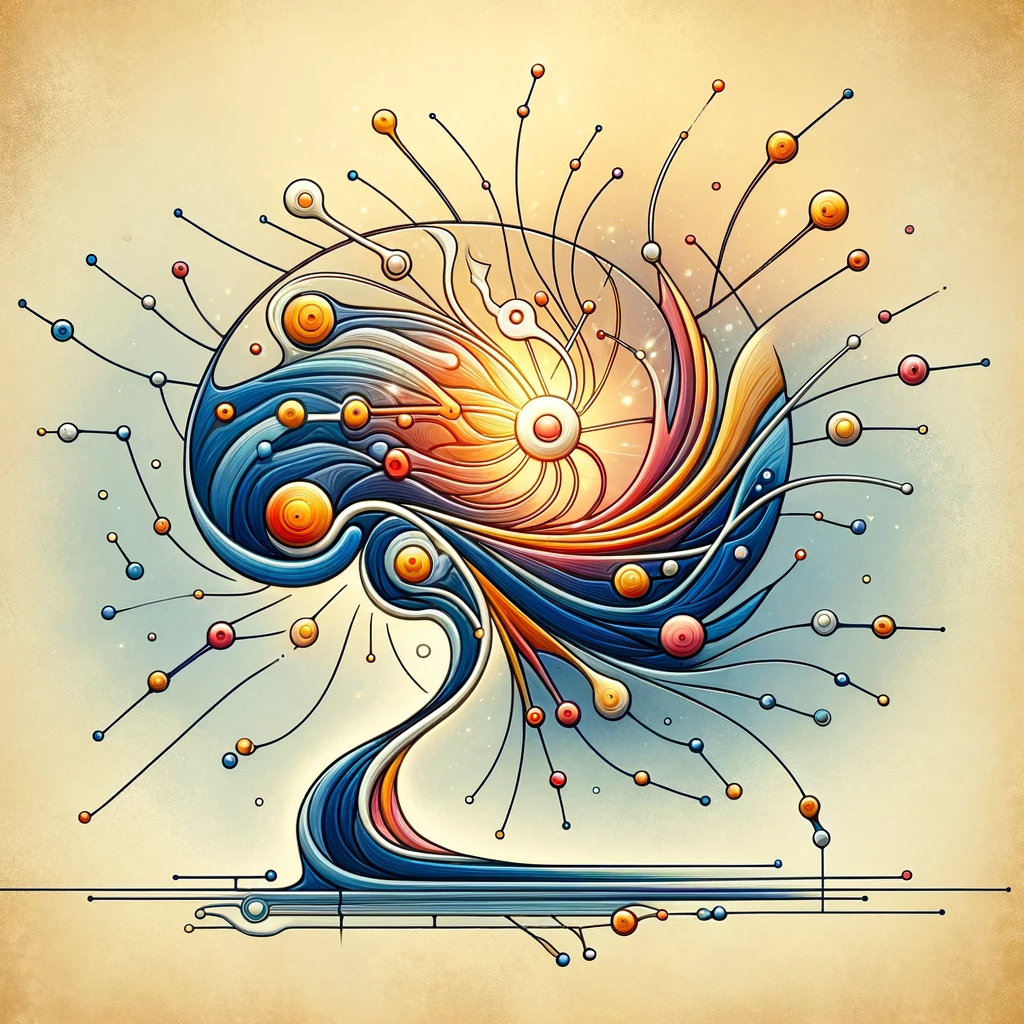
This randomness provides a check on the kind of Hebbian organization the researchers found in this data, without which strong connections would grow to dominate the network.
The researchers tweaked their model to account for randomness, which improved its accuracy.
“Without that noise aspect, the model would fail,” Lynn said.
“It wouldn’t produce anything that worked, which was surprising to us.
It turns out you actually need to balance the Hebbian snowball effect with the randomness to get everything to look like real brains.”
Since these rules arise from general networking principles, the team hopes they can extend this work beyond the brain.
“That’s another cool aspect of this work: the way the science got done,” Palmer said.
“The folks on this team have a huge diversity of knowledge, from theoretical physics and big data analysis to biochemical and evolutionary networks.
We were focused on the brain here, but now we can talk about other types of networks in future work.”

